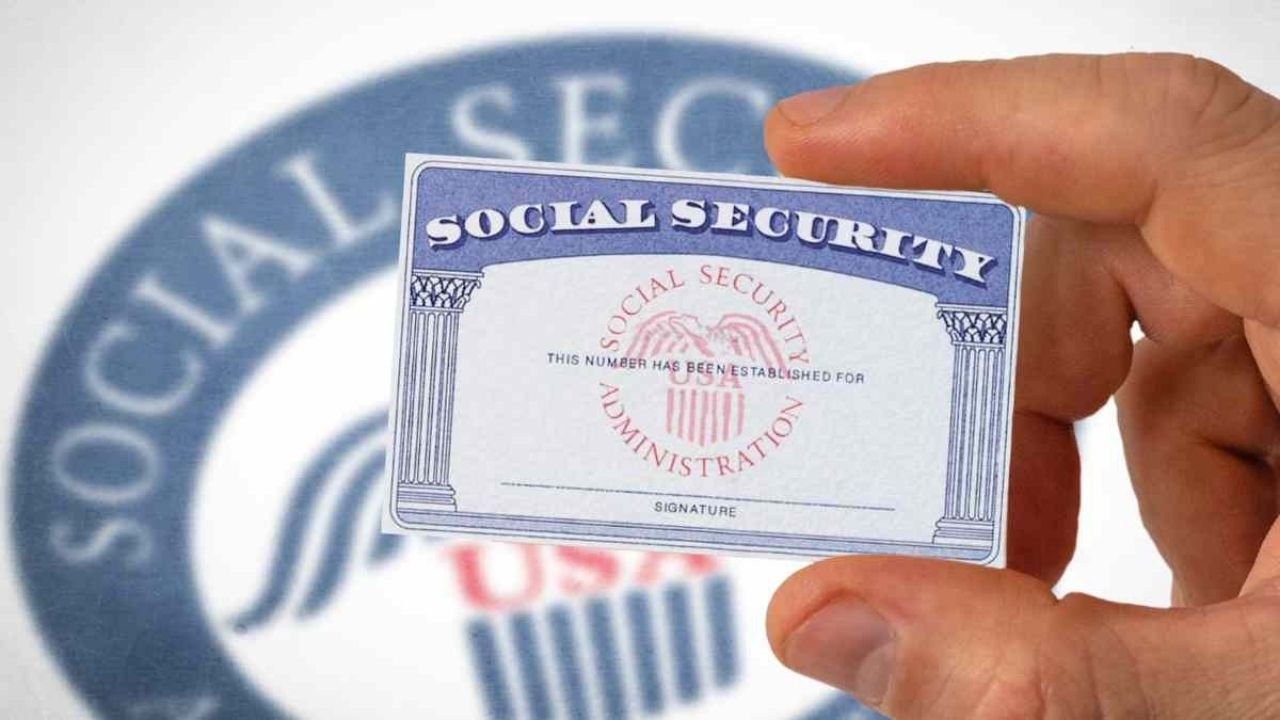The Social Security Administration (SSA) is ready to implement key changes in 2026 that will without delay have an effect on seniors who continue to work while gathering their Social Security benefits. These updates, designed to mirror inflation and evolving hard work trends, will effect incomes limits, benefit changes, and taxation guidelines — all critical for retirees who depend on both their paychecks and Social Security income.
What Is the Social Security Earnings Test?
The Social Security Earnings Test determines how tons you could earn while gathering benefits before the SSA quickly withholds part of your payment. It applies to every body who begins claiming retirement benefits earlier than achieving full retirement age (FRA).
Currently, if you earn above a particular threshold, a part of your benefit is held lower back. These withheld payments are not lost; they’re recalculated and added back once you reach your full retirement age. This way the check affects the timing of your incomes, no longer the entire lifetime benefit.
The system is designed to encourage people to delay claiming benefits or to maintain their annual incomes at a manageable degree whilst still in the group of workers. However, the policies for the way those limits are calculated and implemented are now set to exchange extensively in 2026.
The 2025 Rules: How They Work Now
Under the 2025 suggestions, there are two incomes thresholds relying to your retirement age fame. If you are below full retirement age for the whole year, you may earn as much as $23,400 without losing any benefits. For every $2 earned above that limit, $1 in benefits is withheld.
If you reach full retirement age all through the year, you may earn up to $62,160 before any reduction applies. Above that amount, the SSA withholds $1 in benefits for every $3 earned.
Once you reach full retirement age, currently among 66 and 67 relying for your birth year, there may be no income restrict. You can work and earn as a great deal as you need without losing benefits.
The 2026 Updates: What Will Change
The 2026 updates are the various maximum enormous adjustments inside the ultimate decade. They recognition on simplifying benefit calculations, elevating annual income limits, and finalizing the retirement age increase.
Removal of the Monthly “Special Rule”
At gift, Social Security uses a monthly check at some point of the primary year of retirement. This rule enables determine if you labored too much in a specific month. However, beginning January 2026, this monthly check might be eliminated, which means only annual income could be used to determine benefit discounts.
The SSA showed in its 2025 policy steering that the removal aims to make the system easier to apprehend and extra constant across all benefit recipients.
Higher Annual Earnings Limits
The SSA adjusts income limits every year based at the countrywide average wage index. For 2026, those limits are expected to upward push:
- The under-FRA earnings restriction might also increase to about $24,360.
- The year-you-attain-FRA limit should upward thrust to approximately $64,800.
- While these numbers are estimates until SSA’s reliable launch, each USA Today and The Motley Fool have suggested similar projections for the 2026 adjustment.
Comparison Between 2025 and 2026 Work Rules
| Category | 2025 Rule | 2026 Rule (Projected) |
|---|---|---|
| Annual earnings limit (below FRA) | $23,400 | $24,360 |
| Annual earnings limit (year you reach FRA) | $62,160 | $64,800 |
| Monthly “special rule” | Applies during first year of retirement | Eliminated (only annual test applies) |
| Full retirement age | 66 years + 10 months (for 1959 birth year) | 67 years (for 1960 and later) |
How to Prepare for the 2026 Changes
The shift from monthly to annual calculations will simplify benefit control, but people have to still plan cautiously.
- Estimate your overall annual income if you plan to keep running at the same time as receiving benefits.
- Report your earnings appropriately to SSA to keep away from overpayment troubles.
- Review your tax state of affairs, since a better income may want to make part of your Social Security benefits taxable.
- Use SSA’s Retirement Earnings Test Calculator to forecast how work income may have an effect on your benefits.
Conclusion
The Social Security changes coming in 2026 bring both opportunities and challenges for seniors who continue to work. With higher incomes thresholds and modest COLA increases, retirees will revel in extra flexibility but need to also live aware of tax implications and benefit calculations. By planning ahead, seniors can make the most in their work income without compromising long-term Social Security benefits.

